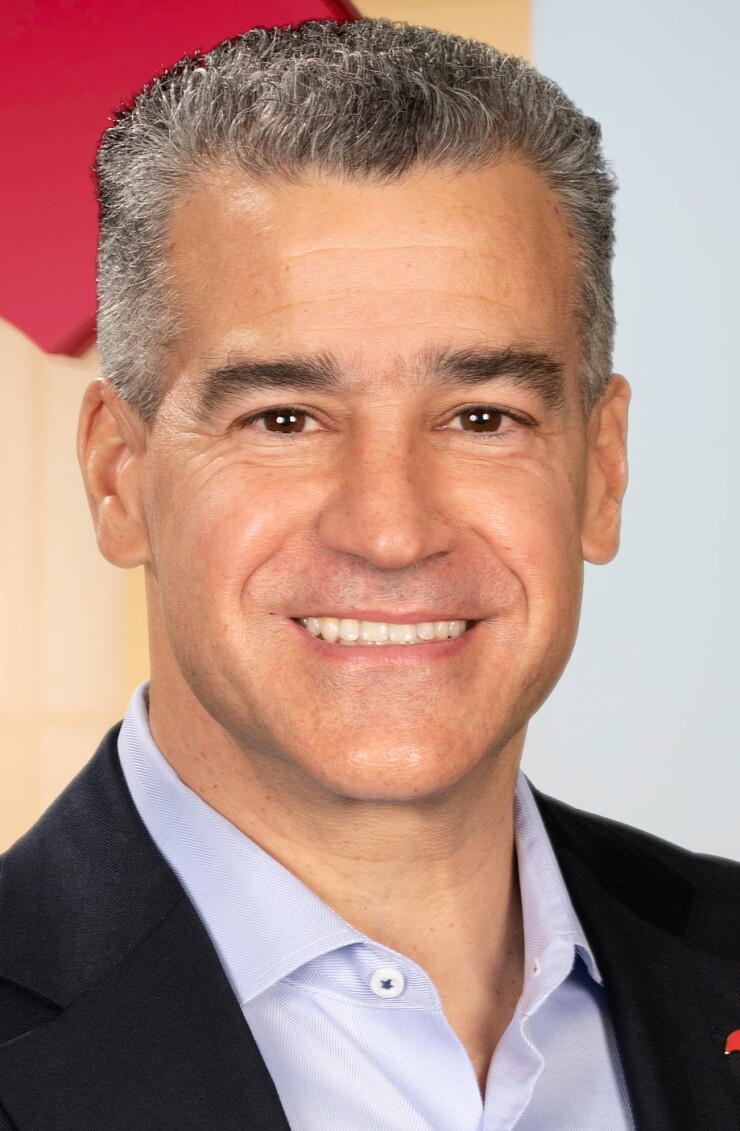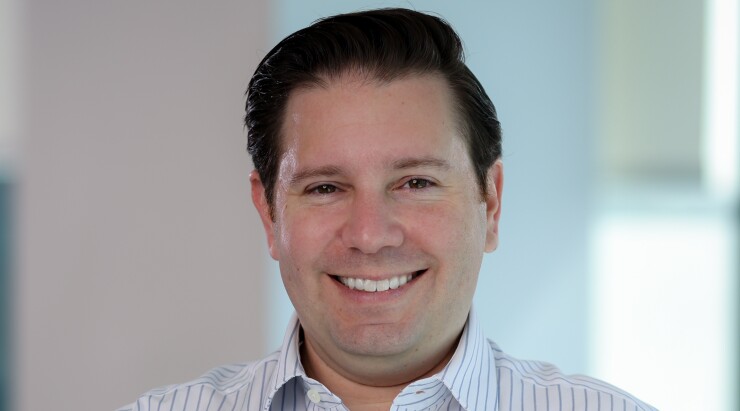Telematics puts the brake on rising trucking insurance premiums

Insurance and insurtech professionals still see autonomous cargo trucking as far-fetched, which makes telematics technology all the more valuable.
Reed Spitz, co-founder and chief product officer of HDVI
“The truck driver will be in the truck for another 40 or 50 years if they’re ever fully automated on the truck,” said Reed Spitz, co-founder and chief product officer of HDVI, a telematics technology company. “Regardless of whether [trucking] is semi-autonomous or fully autonomous, the need for insurance does not change or go away.”
Insurers covering commercial trucking have been offering telematics discounts which help insureds deal with rates rising because of market conditions and liability. Improvements to telematics for this industry could help insureds’ bottom lines by lowering risk and justifying greater discounts.

Ian White, co-founder and CEO, Koffie Insurance
“Trucking insurance has been known as the Satan’s pit of insurance,” said Ian White, co-founder and CEO of Koffie Insurance, a digital MGA for trucking coverage. “Rates have been going up for roughly 10% a year for each of the past 10 years. That fundamentally means brokers aren’t happy. They’re stuck in the middle, delivering rate increases. Insureds aren’t happy because they’re paying more every year. And the underwriters or carriers are largely running to the hills because a lot of them are losing money now.”
The risk for trucking insurance is based on factors including the condition of trucks, the routes they travel, and the kinds of goods being transported. Still, the most that insureds might get is a rate increase lowered from 10% to 8% because of a clean safety record, according to White. Koffie, which first launched coverage in July 2021, serves mostly small and medium size trucking company businesses, making coverage available to companies who couldn’t previously get it. Koffie is now doing business in 15 states.
HDVI’s technology, for its part, provides discounts up to 12% for trucking fleets that show a good safety record – one proven by telematics data, according to Spitz.

Donato Monaco, president of Northland Insurance.
Telematics data has become the coin of the realm for determining trucking premiums. Having more data helps determine premium pricing and streamline issuing policies, according to Donato Monaco, president of Northland Insurance, a commercial auto and truck insurance company owned by Travelers.
“There are now new sources of third-party data, which can help companies and also provide opportunities for agencies to do prospecting in a very targeted, focused way,” he said. “The automation of pulling that data in can streamline processes. For many of our retail wholesale partners, you can reduce the work associated with getting quotes and servicing truckers in a more efficient way, which is really beneficial for everybody. We continue to see the development of digital or self-service tools for our customers and agents as well.”
Carriers need to interpret all the data they get from telematics, explained Chris Hayes, assistant vice president, workers compensation and transportation risk control, at Travelers. “Driver monitoring is more challenging than most people expect,” he said. “Consultants spend most of their time working with insurers to understand that data and how to use it better. It’s here to stay. There’s a lot of promise and I’d like to see it realized.”
Telematics will soon be used for preventive programs, not just as a basis for rates or discounts, according to Monaco. “The next generation will be able to provide driver feedback and tailor safety programs specific to those drivers, actually change behaviors and make the road safer,” he said.
Telematics makes it possible to do continuous underwriting, as opposed to just setting terms and premiums for six months or a year at a time. Cover Whale, an AI insurtech that underwrites commercial vehicle policies, uses telemetry including “event recorders,” to make underwriting a dynamic and changing function, according to Daniel Abrahamsen, co-founder and CEO of the company.

Dan Abrahamsen, co-founder and CEO, Cover Whale
Cover Whale’s event recorders record video when an event is detected, such as an accident. They also monitor speeding and driving patterns. The company puts this data into feedback for the truck drivers, including an app ranking how they rate in driver safety compared to others. “They will be able to see, are they a top 5% driver? Are they 50%? Are they on the lower end?” said Abrahamsen. “If you’re on the lower end, how do we give you some tips that you might be able to improve?”
Telematics also proves its value as a defense against lawsuit judgments and settlements, which can certainly drive up premiums, as Abrahamsen and Monaco explained.
“There are events where that event recorder is what saves the driver,” said Abrahamsen. “With every case where we can show our driver was stopped, they did absolutely nothing and the other driver hit them, there’s no case. … The opposite happens too. Like if we are at fault, like it makes it very clean for us to accept liability and to do the right thing. It cuts down on the time and the back and forth in between where different parties are arguing. It does help us really just get the story straight, whatever the story is. We can get claims paid faster and it can be a win-win.”
Northland Insurance has found that telematics, along with video camera recordings, also help defend against fraudulent claims, like rings of people purposely hitting trucks to claim damages (as happened in “Operation Sideswipe” in New Orleans from 2015 to 2017). “Having a camera to disprove those is extremely helpful,” Monaco said.
Telematics programs also can be used to document the results of safety programs, according to Hayes from Travelers. “Having a policy and sticking to that policy, you can go to a court and say, ‘We did our best. Here’s our best. Here’s how we stuck to it,” he said. “That’s a good defense.”



